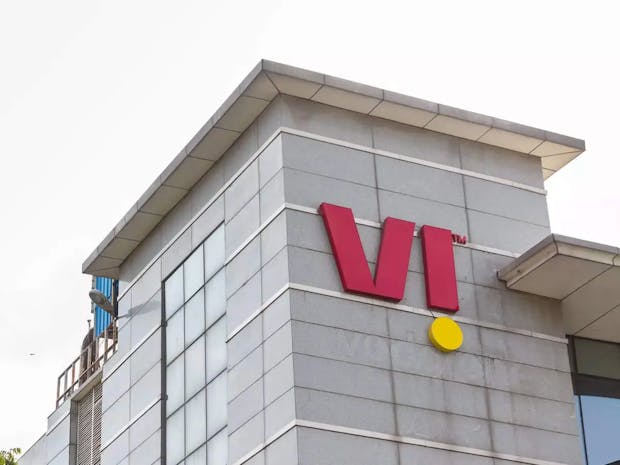Vi rises from the ashes

Vi rises from the ashes
it wasn’t too long ago that the beleaguered telecom operator Vi (Vodafone Idea) seemed set to be resigned to history. burdened with untenable debt, a shrinking market share, and crumbling stock prices, its only ray of hope seemed to be a bailout from the government. when that hail mary did go through, the markets responded, as the stock had more than doubled in price as of January 12, at ~Rs 13/share compared to ~Rs 6/share prior to the moratorium on its dues. this includes a rollercoaster ride of a 20% dip on January 11 over rumours that the government would takeover the telco firm, and a 7% rebound on the subsequent day following clarification that it would not.
what’s the deal and can Vi steady the ship?
iou
it is an age-old concept, pawning one's valuables in exchange for money. the person or entity depositing goods as collateral is called the pawner, and the one providing the cash is referred to as the pawnee. if the pawner fails to repay the stipulated amount, the goods become the property of the pawnee. in an interesting development, those are the corresponding roles that have been taken up by the Indian government and certain telecom companies, which have reached a deal to clear portions of their dues to the government with corresponding equity in their respective companies.
the most significant of them is Vi, in which the government now holds a 35.8% stake (valued at Rs 16,000 crore) making it the single largest shareholder. the other is Tata Teleservices Maharashtra, a subsidiary of Tata Teleservices whose stock has risen 3,000% over the past year, which is giving up a 9.5% stake to the government in lieu of Rs 850 crore interest on its dues.
against the current
this move is a bit of a surprise given the government’s emphasis on divestment and privatisation where, due to various factors, it seems set to fall well short of its ambitious target for FY22. however, that very reason may also be why one must sit up and take note of the reasons it has gone through. to put it in a nutshell, the Indian telecom sector has undergone a rapid expansion and consolidation phase over the past five years (since the launch of Jio). now is the time for monetisation.
Airtel, India’s largest player, recently kicked this next phase into gear with ~25% tariff hikes which were followed almost universally across the board. a boom in data consumption in India (highest in the world at 12 GB/user/month) has made it a goldmine waiting to be encashed by service providers. thus the trend is expected to continue, with telcos seeking to gradually double their present ARPU (average revenue per user) to Rs 300/month, as costly 5G spectrum auctions loom. the full impact of the hikes is expected to reflect in the companies’ balance sheets for the January to March quarter.
when making investments, the public exchequer might not be the first port of call for an investor. but when the winds are so favourable as to deviate the country’s flagship stakeholder from its charted course, it might be a fruitful pursuit to follow its mast.



